No one has any right to a woman’s body. No one owns her. She has the right to a life without
fear– Rini Di in the book
I Kick and I Fly
by Ruchira Gupta
Publisher: Rock the Boat (2023)
The book begins with a day in the life of fourteen-year-old Heera Kumari in Forbesganj, Bihar. She introduces us to her Mai (mother), who forages the trash on weekends to provide food for her family. On a Monday, she walks into school with all eyes focused on her tattered clothes and shoes. She tells us that Baba (father) took all the money to gamble and drink. As usual, Mai, her older brother Salman, sickly Chotu, baby Sania remain hungry. Heera’s singular focus is her hunger. Struggling to concentrate in class, she eagerly awaits the school’s midday meal, reserving the egg for Mai. Yet, Manish and his gang ambush her, robbing her of the precious food. Defending herself, Heera’s retaliation costs her place in school.
On her way back home from school to Girls Bazaar, she considers her fate of being sold into prostitution by her Baba to Ravi Lala, the goon. Aware of the peril facing girls her age, they are only considered as ripe, fresh meat, a new commodity, or ‘naya maal’ she contemplates her uncertain future in the unforgiving Girls Bazaar. Everything changes after a tragic loss. Heera grows up believing that she, like the women in her community, will be sold into prostitution. As a member of an oppressed caste, she has limited opportunities. For a long time, the girls and women lacked agency, will Heera change her fate? Her family’s fate?
There are many positive influences in Heera’s life, including Mai, who tries to defends her children. She comforts all of her children and is the sole provider for the family’s survival. Mira Di, who has given up on herself after her family sold her into prostitution, fights for Salman and Heera’s better lives. Salman, Heera’s model older brother, acts as both a support system and a cheerleader. He works hard to stay in school while also earning money to help Mai with the household responsibilities.
Rini Di is a much-needed saviour for Girls Bazaar. She is a Kung Fu master to Heera and other children in the school, she runs an at-risk girl’s hostel for children like Heera and Mira Di, and is much more. She gives Heera a book, “Bruce Lee: Artist of Life,” that changes her life. Connie Wright, Heera’s pen pal in the United States introduced to her by Rini Di. Her biggest influence in the world of Kung Fu and her way of life is Bruce Lee. She quotes him to herself and others from his book, pumping herself up and calming herself down with his help. “Be like water” she repeats often.
The book’s other characters are in stark contrast, with the selfish Baba, a wastrel who expects his family to support him. He thinks his children are bound by fate, spends his days gambling and drinking. Ravi Lala, who believes he owns every woman in Girls Bazaar. Suraj Sharma, a powerful police officer, and Ravi Lala are involved in a trafficking ring that smuggles girls from India into the United States.
What I liked about the book
The author has woven an action-packed adventure into this story through Heera’s excitement and determination to live her life on her own terms. Frequently encountering stumbling blocks and learning how to overcome them. Being fourteen years old, her bravery was commendable. She discovered her people, her support network, and her Kung Fu. The many positive influences in Heera’s life are wonderful to see and witness, as they all come together to dream of a better life for themselves and the world.
What I thought could have been better
Heera wrestled with fury and remorse as her friend Rosy vanished. Despite confiding in Mai and Rini Di, they urged patience. Ignoring their counsel, Heera acted impulsively, endangering herself and her friends. Her impatience mirrored her youth, yet her instinct to confront challenges head-on was ingrained from childhood.
Conclusion
Heera’s journey embodies themes of social justice and overcoming adversity, reminiscent of a David versus Goliath tale. Amidst action and adventure, the narrative sheds light on the global issue of human trafficking, even perpetrated by those sworn to protect. Throughout, I felt a deep connection with Heera’s growth as both a person and a martial artist. I found myself rooting for the characters amidst a whirlwind of events. The story underscores the importance of body autonomy and community-driven change. Kung fu serves as a vehicle for women’s empowerment and self-defence.


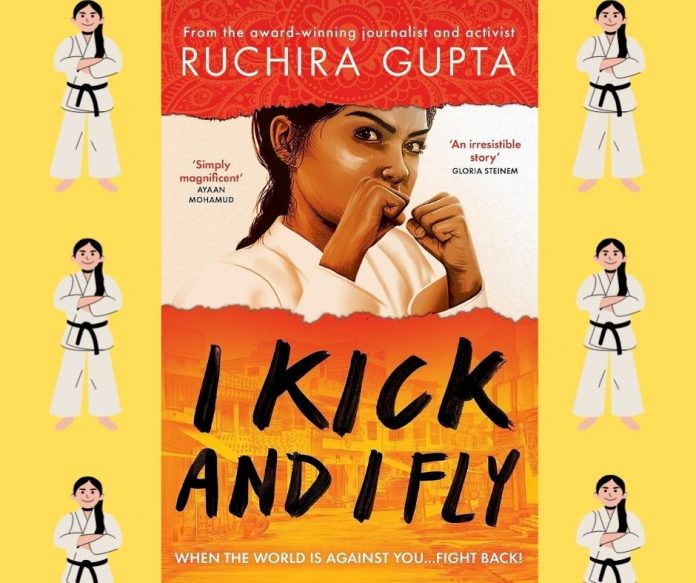
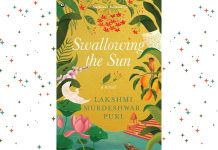
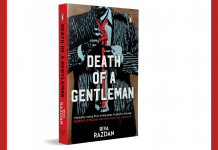
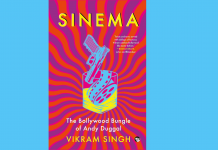
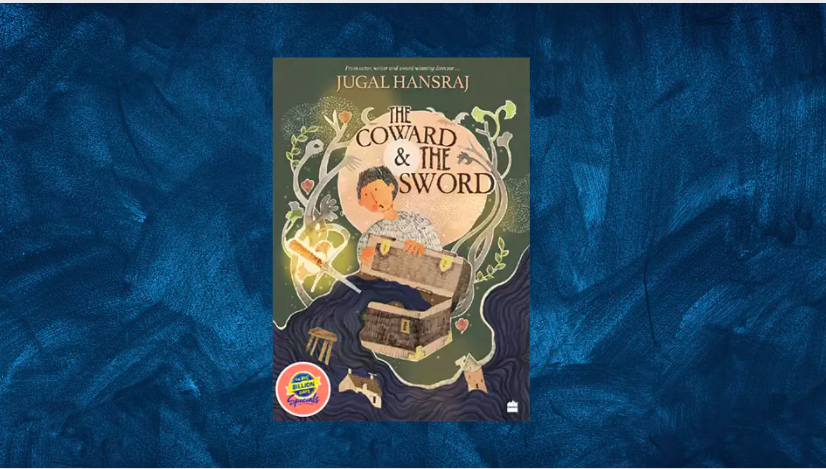
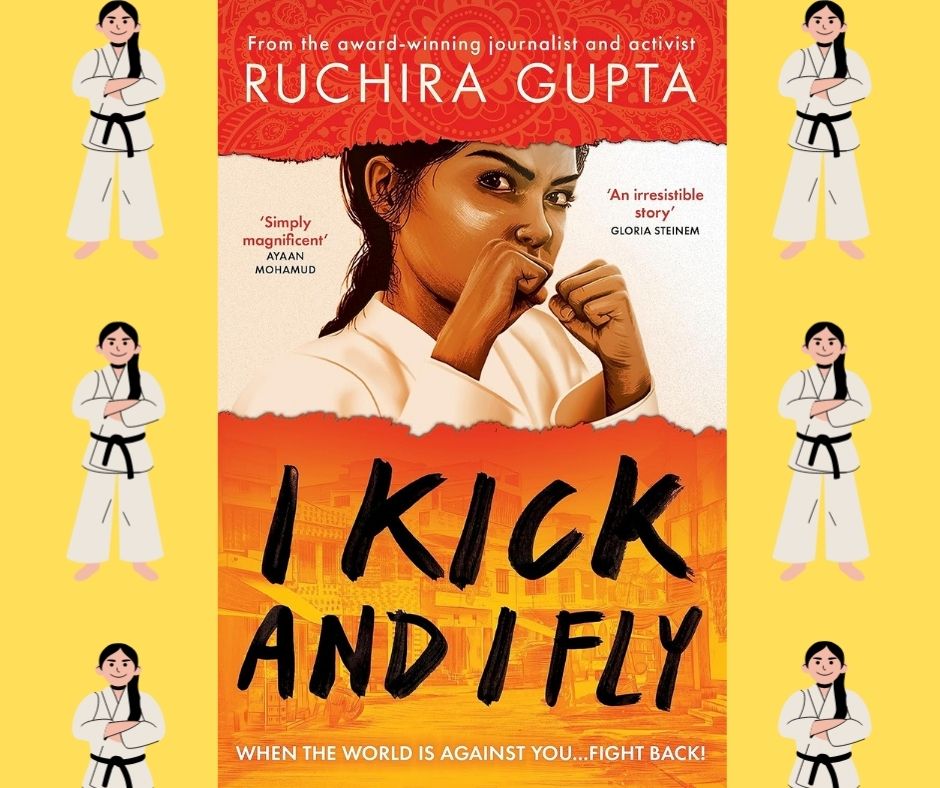


Review is very eloquent.
Well analysed and written . Makes me want to pick this book up immediately .